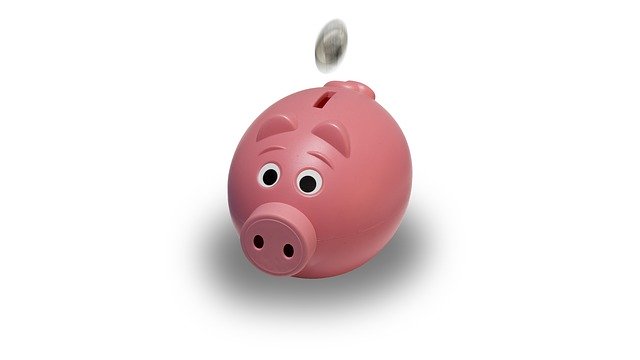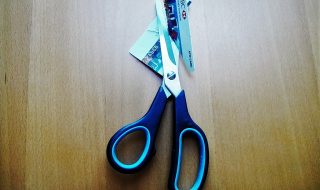
Stuck in a rot? Consider imbibing some or all of these four acronyms to maximize your daily savings!
1: BYOB – Bring Your Own Beverage
Bid farewell to your endless Starbucks trips and say hello to BYOB. Bringing your own beverage and food to school or work has many benefits. For starters, you can choose what you eat for the rest of the day. This is especially helpful to the people who vowed to lose weight or to eat healthier meals this year. Lastly, bringing your own beverage and food lessens your chances of dining out. BYOB prevents you from mindlessly breaking the bank on food expenses.
2: PIYS- Put In Your Savings
Aside from having a physically fit body, you must strive to have a financially fit account. Luckily for you, you can just PIYS. Whether you have accumulated loose change or have work incentives, you can PIYS. Do not spend your extra money! Put it in your savings account instead. You may also enroll your account to an institution’s automatic savings program to ensure that you do not touch your money.
3: YODA – You Overspent Days Ago
If you need a reminder on why you need to save, just think of Baby YODA. This adorable Star Wars character cannot only charm your heart, but also give you a potent reminder. “You Overspent Days Ago or You Overspent Decades Ago” is something that resonates many Singaporeans. If you are bound to repeat the same financial mistakes you have done in the past then, what does that make you? It is time to learn from the past and focus on your needs.

Image Credits: pixabay.com
Start building a future that you will be proud of. When faced with another temptation to spend, simply evoke the name of YODA. May the force be with you!
4: ABC – Allocate, Budget, and Cut
Did you know that budgeting is as easy as ABCs? Simply start with Allocation, proceed to Budgeting, and apply the Cut. Allocation is the processes of listing down your expenses and identifying which ones are important. Allocate the right amount of money per expense category.

Image Credits: pixabay.com
Then, maintain a budget that you will keep track of. Monitor your progress and the money you are currently saving. Lastly, apply cost-cutting when your savings remain too low. Cut down unnecessary expenses and focus on expenses that will help you survive.




